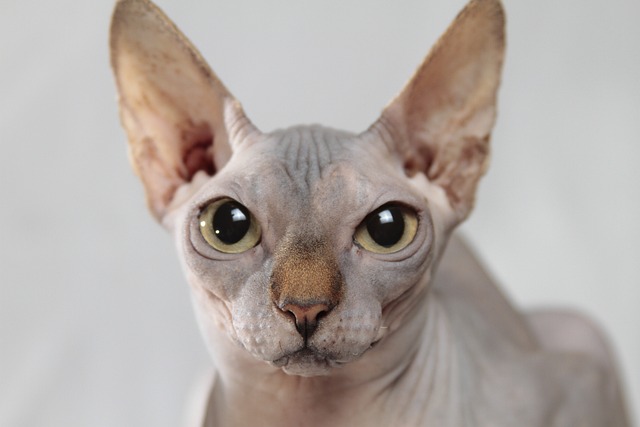Sphinx cats, with their distinctive hairless bodies and large ears, have a mysterious allure that captivates many. Often referred to as the “naked cat,” they stand out from the crowd with their striking appearance and enchanting personalities. In this ultimate guide, we’ll delve into everything you need to know about these fascinating felines, from their history and characteristics to care tips and fun facts.
A Brief History of Sphinx Cats
Sphinx cats may appear to be a modern breed, but their roots trace back centuries. The first known depiction of a hairless cat dates back to ancient Egyptian times, where they were revered as symbols of grace and beauty. These cats were often depicted in hieroglyphics and were believed to bring good fortune to their owners.
However, the modern Sphinx cat breed as we know it today originated in the 1960s. In Canada, a domestic cat named Prune gave birth to a hairless kitten named Epidermis, marking the beginning of the breed’s development. Through selective breeding, breeders worked to refine the breed’s traits while maintaining its unique appearance.
Characteristics of Sphinx Cats
Physical Appearance
Sphinx cats are best known for their lack of fur, but they possess other distinctive features as well. Their skin can range from soft and supple to slightly wrinkled, giving them a unique texture. Despite their lack of fur, they are not completely hairless; they may have a fine layer of downy fur that adds to their charm. Sphinx cats possess a striking appearance that sets them apart from other breeds. Here’s a closer look at their unique physical characteristics:
Temperament
Contrary to their mysterious appearance, Sphinx cats are incredibly affectionate and sociable creatures. They thrive on human interaction and love to be the center of attention. These cats are often described as “dog-like” due to their loyalty and tendency to follow their owners around the house. They enjoy cuddling and are known to form strong bonds with their families.
Caring for Sphinx Cats
Grooming
While Sphinx cats don’t require regular brushing like their furry counterparts, they still need proper grooming to keep their skin healthy. Bathing them once a week with a gentle pet shampoo helps remove oil buildup and keep their skin clean. Additionally, it’s essential to protect them from sunburn by applying pet-safe sunscreen when they’re outdoors.
Nutrition
A balanced diet is crucial for maintaining the health and vitality of Sphinx cats. Choose high-quality cat food that provides essential nutrients such as protein, vitamins, and minerals. Avoid overfeeding, as obesity can lead to health issues. Consult with your veterinarian to determine the best diet for your cat’s individual needs.
Environmental Enrichment
Keep your Sphinx cat mentally stimulated by providing plenty of toys, scratching posts, and climbing structures. Interactive play sessions are also important for keeping them engaged and preventing boredom. Consider introducing puzzle feeders or hiding treats around the house to satisfy their natural hunting instincts.
Fun Facts About Sphinx Cats
- Despite their lack of fur, Sphinx cats are not hypoallergenic. Allergens come from saliva and skin oils rather than fur, so individuals with cat allergies may still react to them.
- Sphinx cats have a higher body temperature than other breeds, which makes them seek out warm spots in the home, such as sunny windowsills or cozy blankets.
- Due to their unique appearance, Sphinx cats have gained popularity in the world of fashion and have been featured in photo shoots and advertisements.
Conclusion
Sphinx cats are truly one-of-a-kind companions with their distinctive appearance and charming personalities. Even if you’re drawn to their elegant silhouette or intrigued by their affectionate nature, these felines have a special way of capturing the hearts of cat lovers everywhere. When understanding their history, characteristics, and care needs, you can fully embrace the unique charm of Sphinx cats and enjoy a fulfilling companionship with these captivating creatures.

